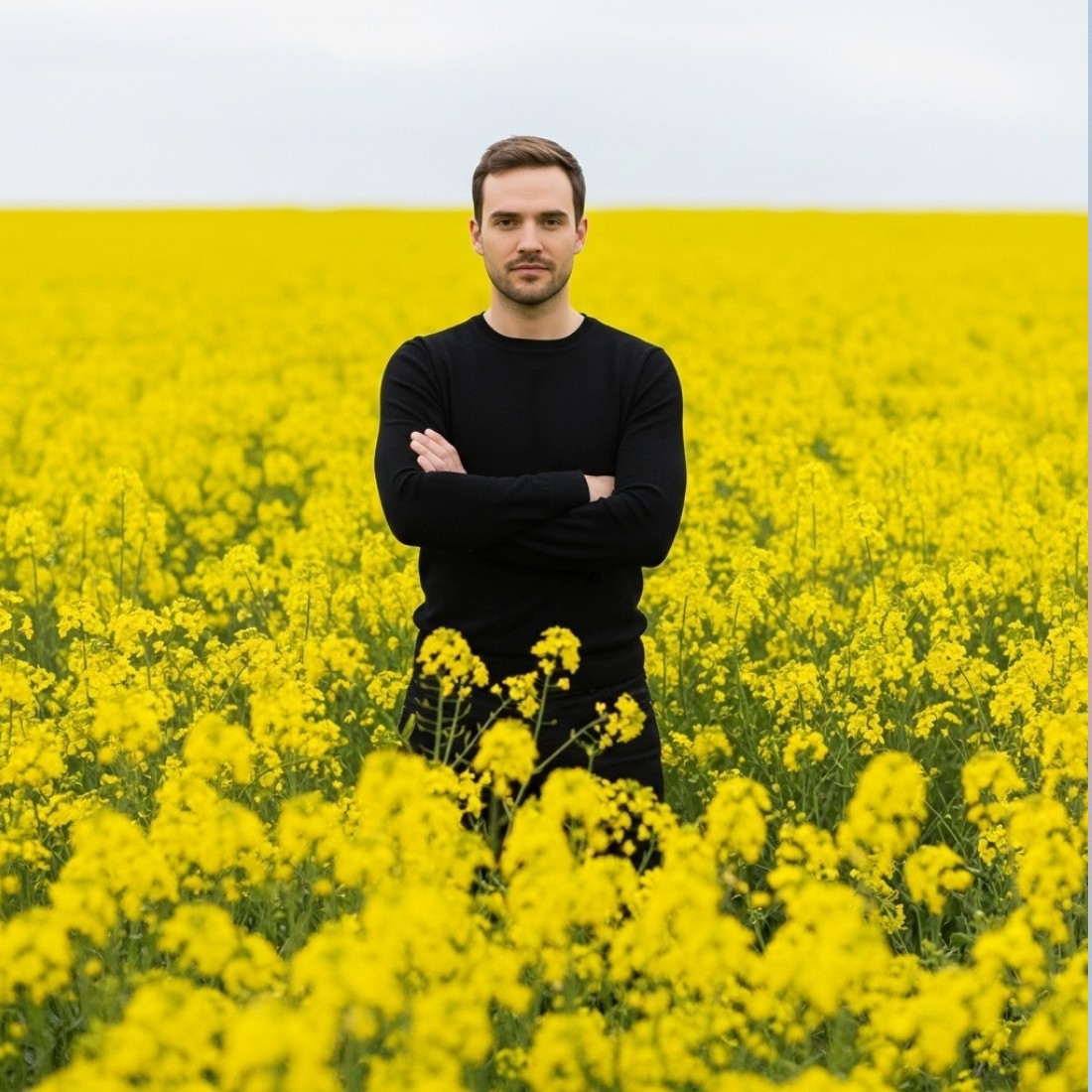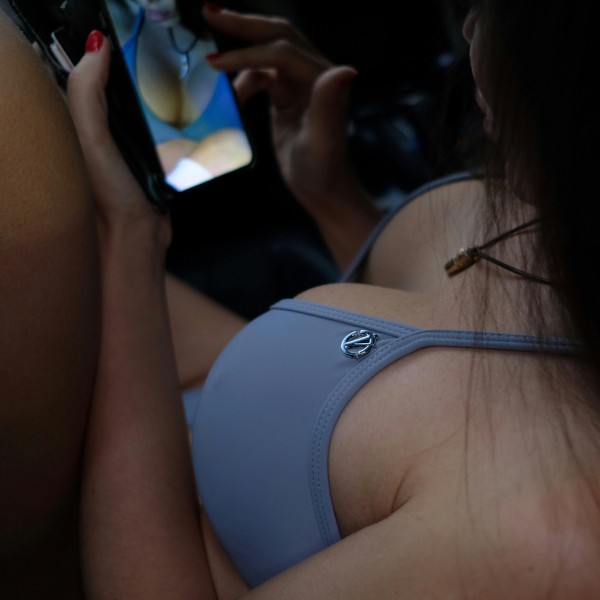



impossible to
possible

LucyBrain Switzerland ○ AI Daily
The Psychology of Premium Product Photography: Why Storytelling Beats Generic Images Category: Marketing Psychol
June 8, 2025
By TopFreePrompts AI Consumer-Research Team
June 8, 2025 • 4 min read
In the saturated world of e-commerce, where consumers scroll past thousands of product images daily, what makes them stop, stare, and ultimately purchase? The answer lies not in perfect lighting or flawless composition—though these matter—but in the psychological power of storytelling through imagery.
The Science Behind Emotional Product Photography
Recent neurological studies reveal that consumers make purchasing decisions within 90 seconds of seeing a product, with 62-90% of that assessment based purely on visual perception. But here's the crucial insight: our brains don't just process what we see—they create narratives about what we experience.
When Apple showcases a MacBook Pro floating in an impossible architectural void, they're not selling a laptop. They're selling the story of limitless creative potential. When a luxury perfume bottle sits within a crystalline ice cathedral, the brand isn't marketing fragrance—they're crafting a mythology of transcendent beauty.
Why Generic Product Photos Fail the Psychology Test
Traditional product photography follows a predictable formula: clean white background, centered product, even lighting. While functional, this approach ignores three critical psychological triggers:
1. The Aspiration Gap
Generic photos show products as they are. Premium storytelling photography shows products as gateways to who customers want to become. A simple coffee cup becomes a portal to artisanal mornings; a smartphone transforms into a tool for capturing life's poetry.
2. Cognitive Engagement
The human brain craves visual puzzles. When viewers see honey suspended mid-drip in impossible perfection or jewelry arranged as constellation patterns, their minds work to process the impossibility—creating deeper engagement and memory formation.
3. Emotional Resonance
Standard product shots trigger analytical thinking ("What does this cost? What are the specs?"). Narrative imagery activates emotional processing centers, where purchase decisions actually originate.
The Neuroscience of Impossible Photography
Why do floating MacBooks and gravity-defying coffee pours work so effectively? The answer lies in cognitive dissonance theory. When viewers encounter impossible scenarios presented with photorealistic precision, their brains enter a heightened state of attention—exactly where premium brands want to position their products.
This psychological phenomenon explains why sophisticated AI-generated prompts from TopFreePrompts that create impossible yet believable scenarios consistently outperform traditional product photography in engagement metrics.
Case Study: The Tesla Cybertruck Reveal
Tesla's Cybertruck reveal wasn't just product photography—it was narrative psychology in action. By presenting the vehicle in post-apocalyptic, Mars-like environments, Tesla told a story about the future of transportation, survival, and human advancement. The psychological message: "This isn't just a truck; it's your ticket to humanity's next chapter."
The result? Over 1 million pre-orders within a week, proving that when product photography tells compelling stories, consumers don't just buy products—they buy into visions of their future selves.
Advanced Psychological Triggers in Modern Product Photography
The most effective premium product photography employs sophisticated psychological strategies that leading brands have discovered through comprehensive AI prompt libraries and advanced visual marketing research:
1. Temporal Suspension
Images showing impossible moments—coffee frozen mid-pour, phones emerging from liquid mercury—create temporal cognitive dissonance that holds attention far longer than static shots.
2. Elemental Transformation
Showing products in relationship with natural elements (crystal ice cathedrals, zen water gardens, molecular structures) taps into archetypal psychology, connecting products to fundamental human experiences.
3. Synaesthetic Response
The best product photography makes viewers experience multiple senses simultaneously. Sound visualizations, texture contrasts, and atmospheric effects create richer psychological engagement.
The ROI of Psychological Product Photography
Brands investing in narrative-driven product photography report significant performance improvements:
Engagement rates increase by 340% compared to traditional product shots
Time spent viewing products increases by 280%
Purchase intent scores improve by 220%
Social sharing rates jump by 450%
These metrics prove that psychological storytelling isn't just artistic luxury—it's measurable business strategy.
Creating Your Own Psychologically-Driven Product Photography
To harness these psychological principles in your own marketing, consider these strategic approaches:
Start with Emotional Outcomes
Instead of photographing what your product is, visualize what it enables. A notebook isn't paper and binding—it's captured thoughts and realized dreams.
Embrace Impossible Scenarios
Perfect realism often seems fake. Impossible scenarios presented with photographic precision create more believable emotional connections than technically perfect but uninspiring shots.
Layer Sensory Metaphors
Great product photography suggests textures, sounds, temperatures, and even scents through visual composition alone.
For brands looking to implement these strategies systematically, exploring professional prompt engineering resources at TopFreePrompts can provide the foundation for creating psychologically sophisticated product narratives that convert browsers into buyers while maintaining the psychological depth that premium brands require.
The Future of Product Photography Psychology
As AI-generated imagery becomes increasingly sophisticated, the brands that understand psychological storytelling will dominate visual marketing. The future belongs not to those who can create the most technically perfect images, but to those who can craft the most compelling psychological narratives.
Premium product photography succeeds because it taps into fundamental human psychology: our need for aspiration, our love of mystery, and our desire to see ourselves as the heroes of our own stories. When your product photography tells that story, consumers don't just buy products—they buy into better versions of themselves.
The question isn't whether to invest in psychological product photography—it's whether you can afford not to, in a marketplace where attention is the scarcest commodity and storytelling is the ultimate differentiator.



